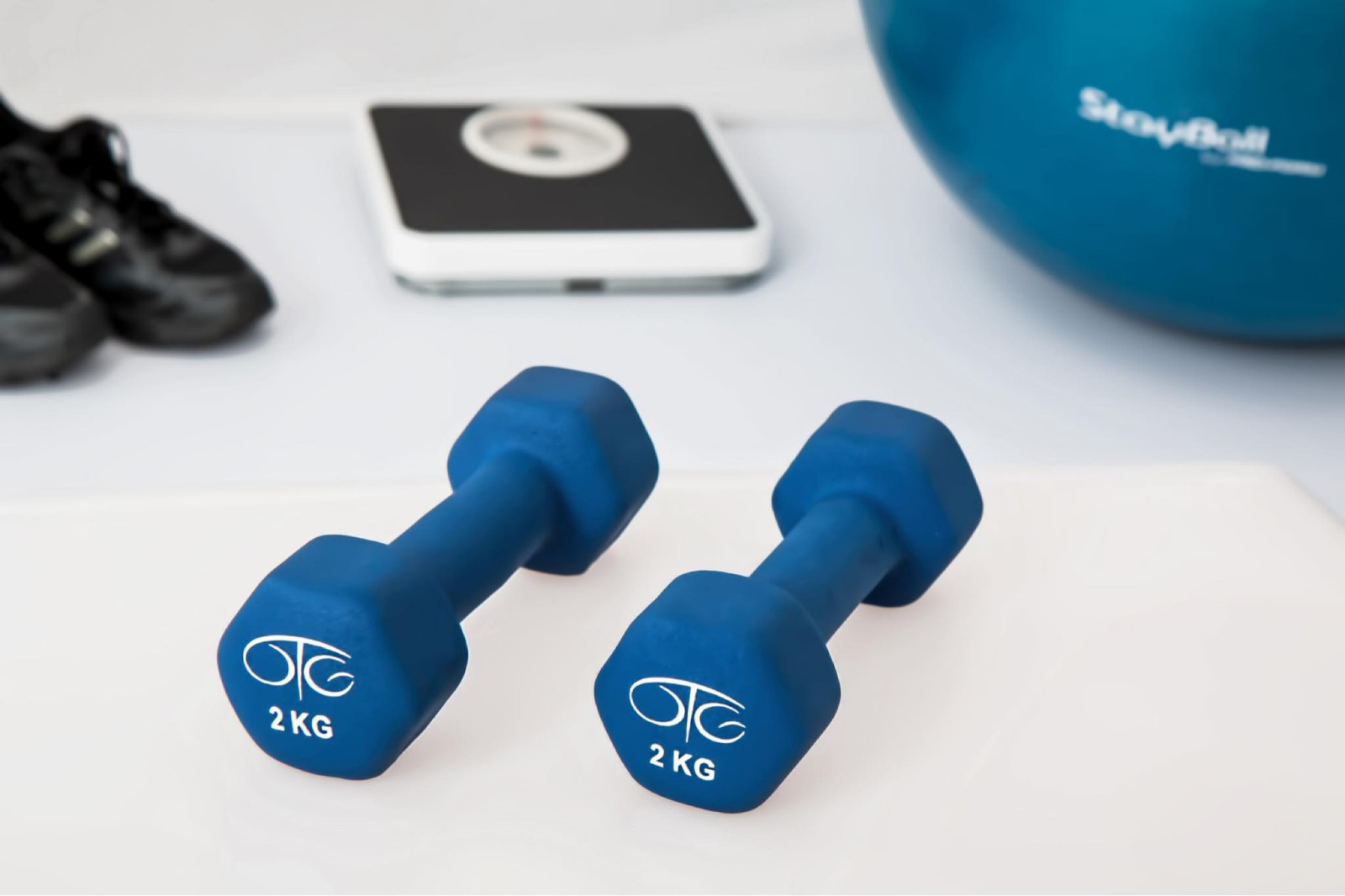
The following are 3 tips I found really helpful when I started working out again after being released from physical therapy post total knee replacement. I started working out on Month 7. I had returned to work by that time and also been released from physical therapy.
One note to make, I had contact with my physical therapist after being released. He gave me his email in case I had any questions. That is a tip I hope you take as well. Physical therapists are a great resource for us acting as a liaison between us and our doctor for fielding questions. Now, onto the tips…
1. Consult with Your Physical Therapist: Before starting any exercise routine, it's crucial to talk to your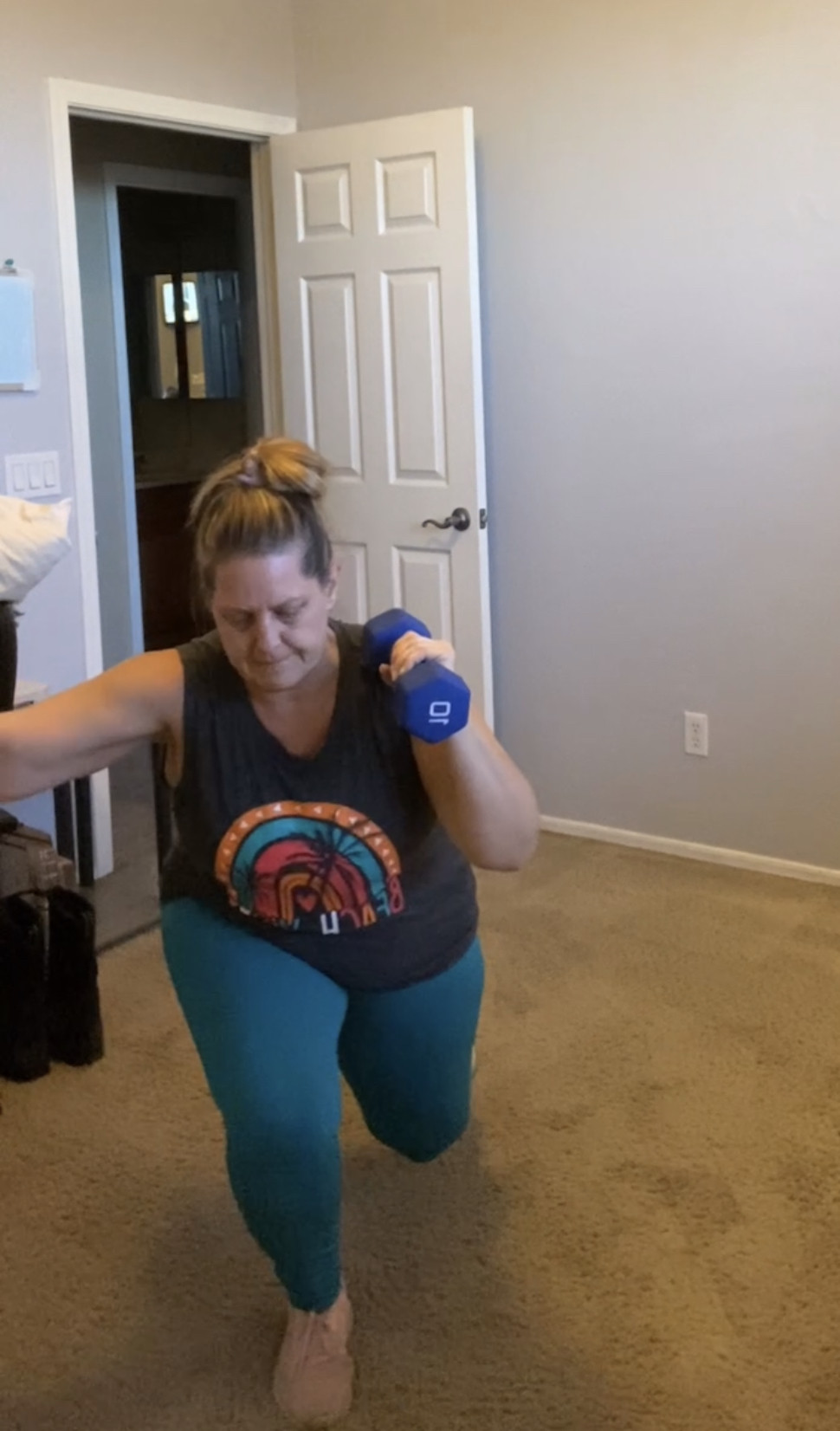 physical therapist. The one who helped you the last 3 or 4 months on your recovery.
physical therapist. The one who helped you the last 3 or 4 months on your recovery.
 physical therapist. The one who helped you the last 3 or 4 months on your recovery.
physical therapist. The one who helped you the last 3 or 4 months on your recovery. They can help you set realistic goals, personalized advice, and create a tailored plan that suits your individual needs. They'll also teach you the correct form for each exercise to prevent any knee joint injuries or strain.
2. Gradually Increase Intensity: Start with gentle exercises that focus on improving joint flexibility and muscle strength. Walking, swimming, and stationary cycling are great options. Avoid high-impact activities (don’t push HIIT workouts at this point) and gradually introduce more challenging exercises as your knee gets stronger. It’s super important to listen to your body and avoid any pain.
3. Focus on Mind to Muscle Connection: As you progress, concentrate on the mind to muscle connection while exercising. This will help build strength faster and reduce the risk of injury. Again, your physical therapist can guide you on proper technique to maximize the benefits and avoid unnecessary discomfort.
Incorporate exercises like leg raises, hamstring curls, and gentle knee bends to strengthen your quadriceps, hamstrings, and calf muscles. Balance exercises, like standing on one leg with support, can also enhance stability and reduce the risk of falls.
Remember to warm up, cool down, and maintain proper form to prevent strain. Patience is key in your “new knee” adventure through recovery, so allow your body the time it needs to heal and regain strength.
You got this…just take it slow and gradual


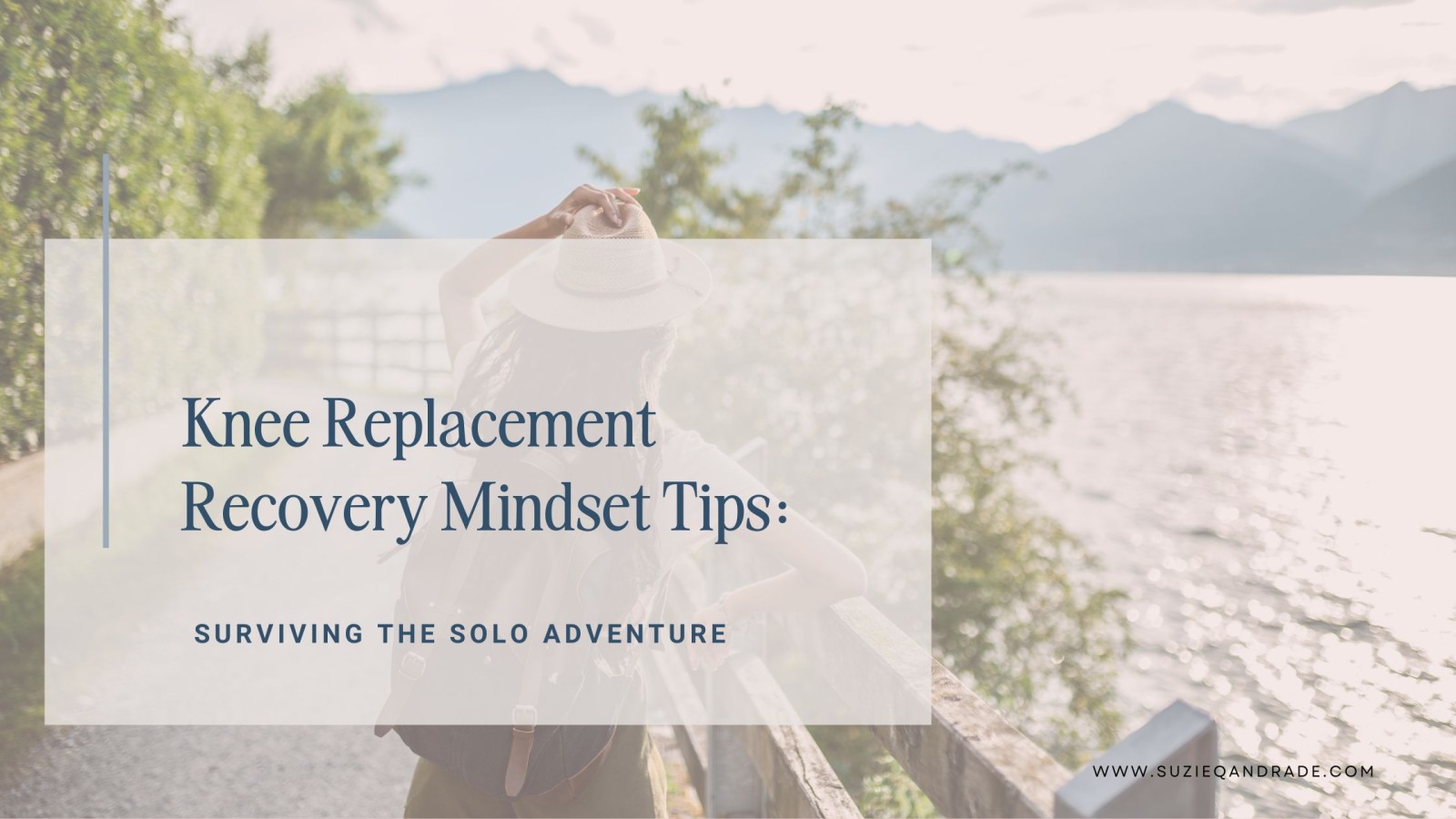

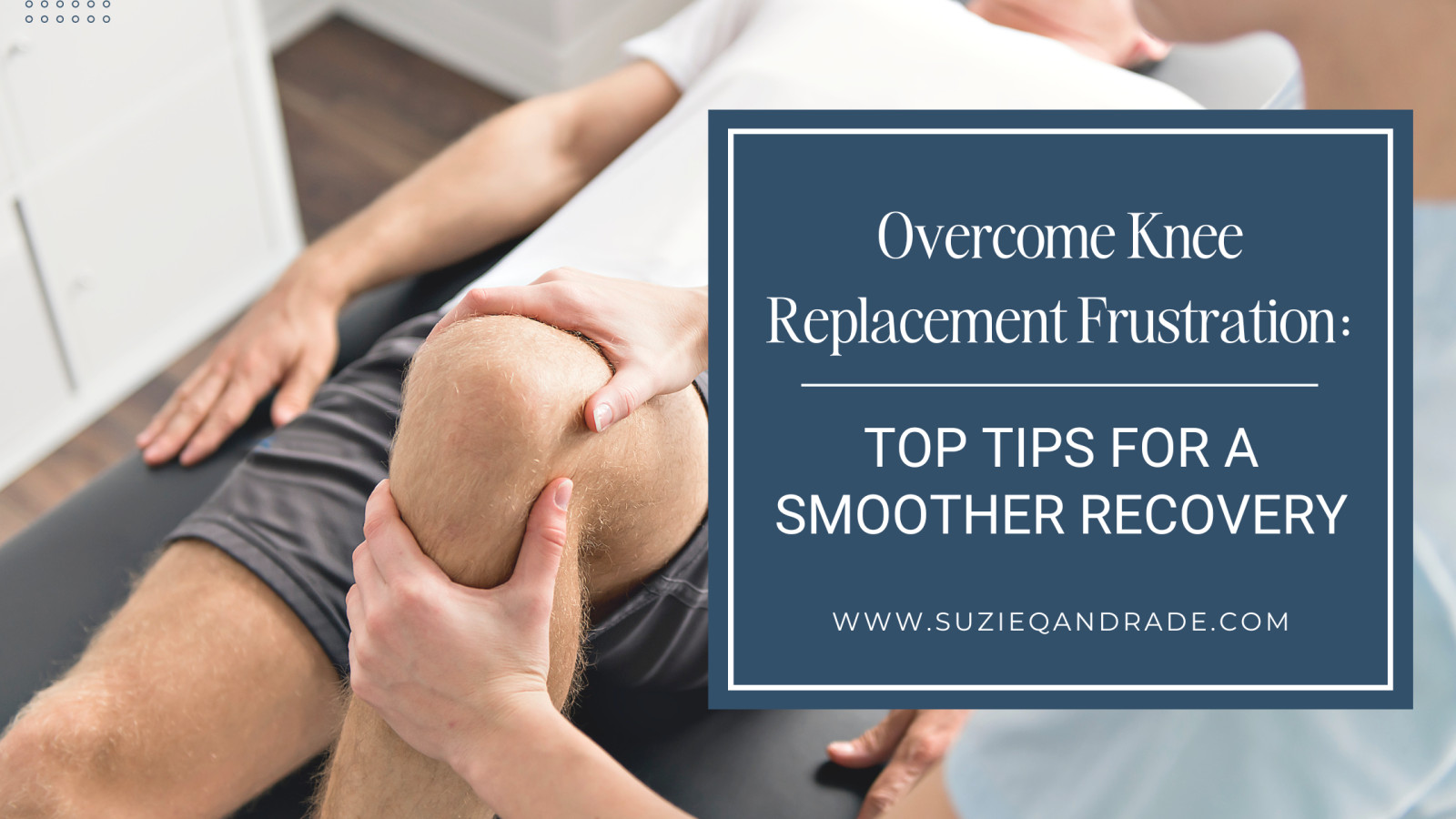







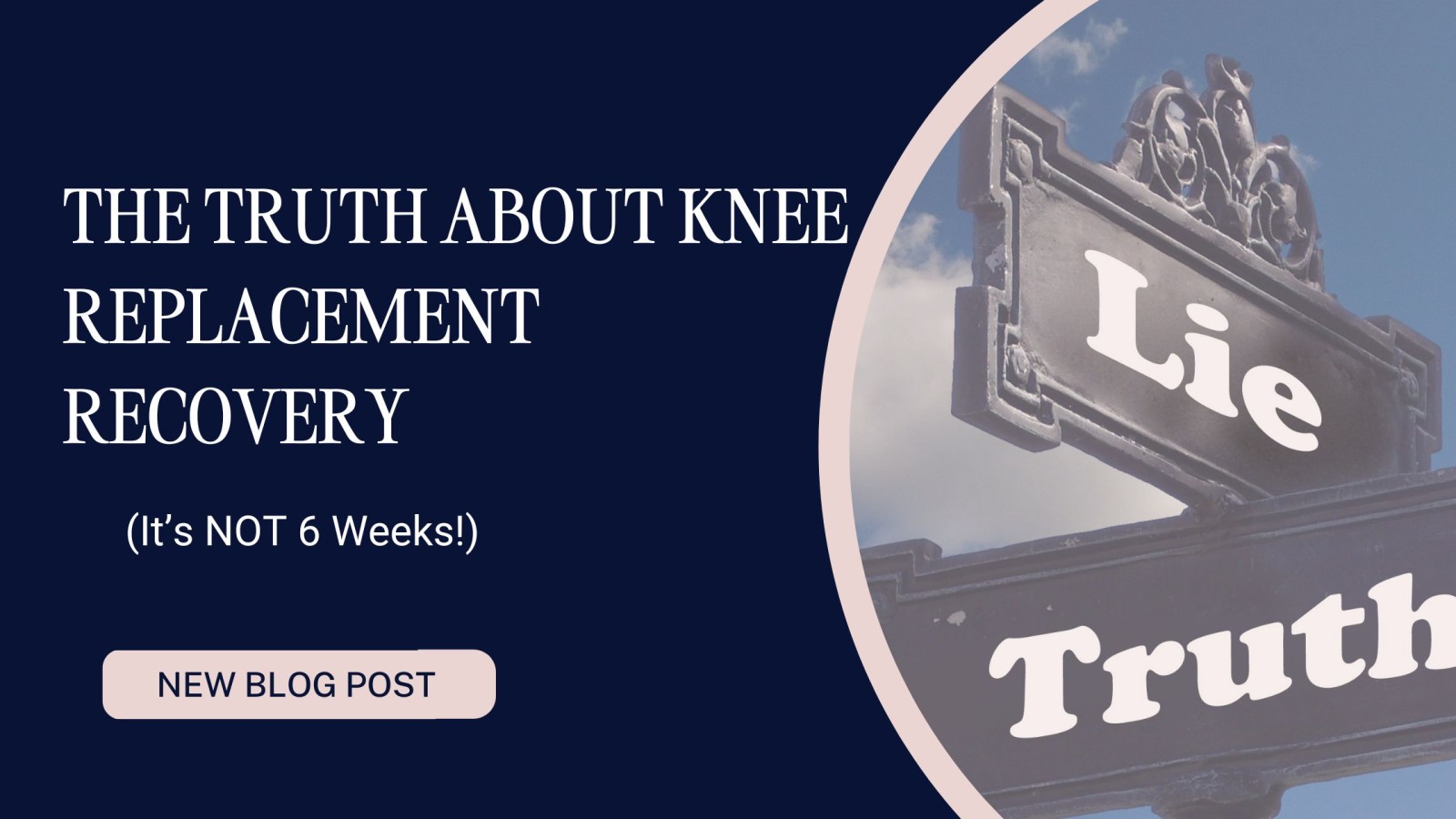


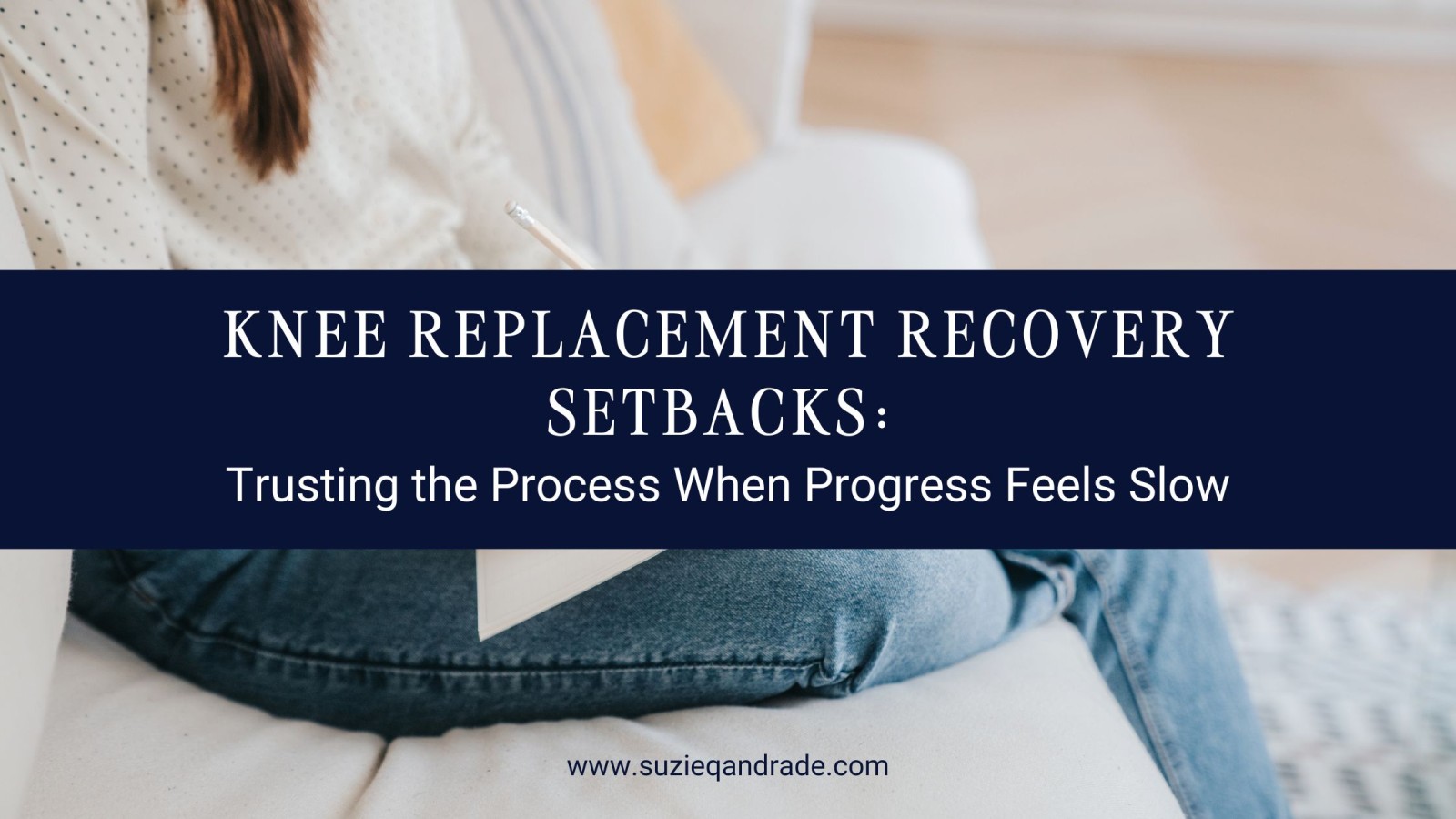






0 Comments